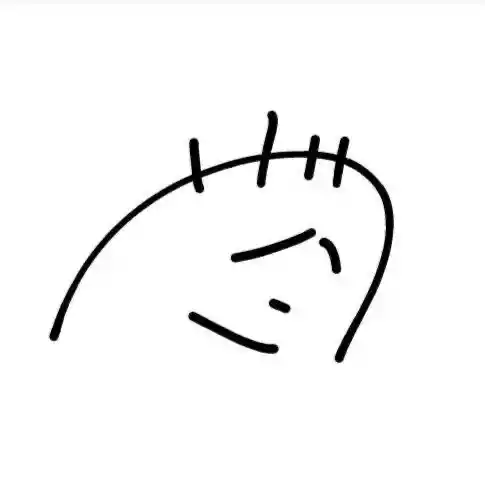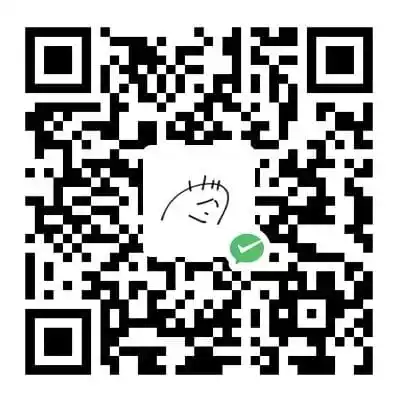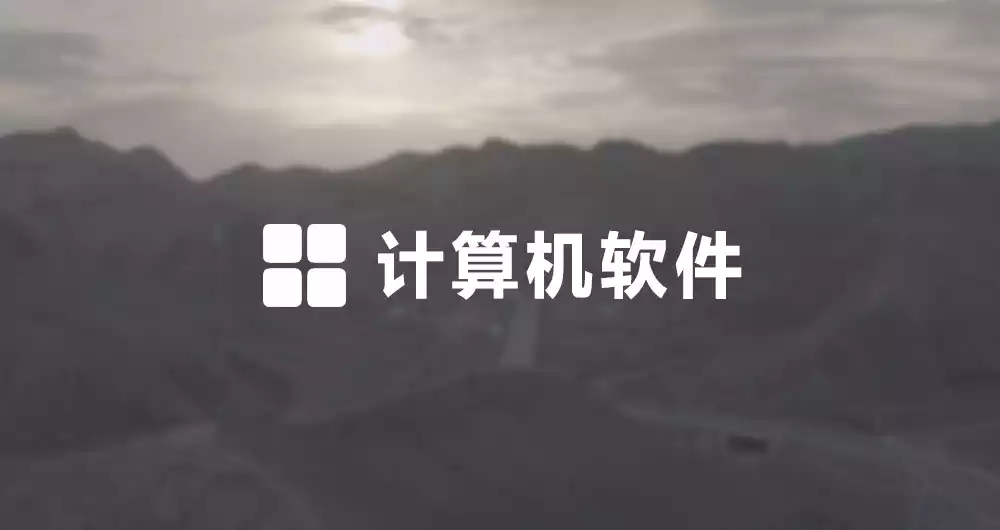时态

时态
Mxne时态
被动语态:be done
各种时态转化为被动:1.先把时态写出来 2.用be done(将be done 看成一个整体) 替换do
eg:过去完成 had done had been done
将来进行 will doing will having done
名词,动词,形容词,副词,介词,冠词,感叹词,数词,连词
形容词修饰名词或代词
副词修饰动词或形容词
介词后面一定用名词,介宾
五大句型:
1.主谓:He cries.
2.主谓宾:He plays tennis.
3.主谓双宾:He awards me a book.
接双宾动词:tell,award,buy,give,leave,lend,offer,pay,show,teach sb sth
He tells me ( ) he wants a cake. 宾语从句
4.主谓宾宾补:The present makes me happy.
make sb do
make sb done
sb be made to do
5.主系表:She is beautiful.
系动词:
1 be动词:am / is / are/ was / were / have been / been /being
2 感官动词:look / smell / taste / sound / feel
3 变化:turn / become / get
4 保持:keep / stay / remain
否定句:
1.原句有be动词,助动词,情态动词,直接在后面加not
You are beautiful.—> You are not beautiful.
You shoud go out—> You should not go out.
2.实义动词否定在前面加 don’t / donesn’t / didn’t
I like you.—-> I don’t like you.
主动:动作由主语发出
被动:动作被主语承受
时态
1)一般现在时:do / be done
句子中有出现特殊的时态提示词
真理,名言,事实
陈述时刻表(如机场航班)9:00, 8:30, eight o’clock…
每一天,每一年或经常重复的动作 often, always, usually, everyday….
主将从现 时间状语从句,条件状语从句,让步状语从句
2)现在进行时:be doing / be being done
强调现在某一个时刻,时间状语从句的动词需要是瞬间动词
When you arrive, I am reading. 从句中的动词是现在, 主句就因该是现在进行
When you arrived, I was reading. 从句中的动词是过去, 主句就因该是过去进行
出现提示词now
当进行时与always连用的时候,表示“总是,老是” be always doing 频率副词放在助动词后
情景对话,描述打电话时的回复句
3)现在完成时:have done / have been done
过去到现在,产生影响
since + 时间点,无论时间点是过去还是将来,主句用现在完成时
so far, by now. up to now 都是 “到目前为止”,使用现在完成时态
Our enconomy has made rapid progress since 2020/arrive.
Our company had been founded by the end of last year. found 建立
It is the first time that we have come to this university.
It was the first time that we had come to this university.
So far I have been abroad five times.
I’ve failed so many times.
I have watered the tree, and then I feel tired. 过去浇水产生了影响,我很累
By the time you arrive, I wil have picked you up. 将来完成时态
4)现在完成进行时:have/has been ding
无被动语态,翻译成 “一直” 或 “已经”
5)一般过去时:did / was/were done
It is high time that we should study hard.
It is high time that we studied hard. should study和studied同时出现,优先studied(过去式)
无时间提示词,可以用一般现在也可以用一般过去时
I liked play tennis. 以前喜欢,现在不喜欢,与现在已经划分了界限
叙述过去式,会像讲故事
考虑一个谓语要考虑:时态,语态,三单
6)过去进行时:was doing / was/were being done
时间状语从句的动词需要是瞬间动词
When you arrived, I was reading. 从句中的动词是过去, 主句就因该是过去进行
break down —> broke down(过去)
7)过去完成时:had done / had been done
动作发生在过去的过去
by now 现在完成时
by 2020 / by the end of last year 过去完成时
I have cleared my room. I feel very tired.
先打扫 再感到累
I had cleared my room. I felt very tired.
过去感到累(后),打扫发生在过去的过去(先)
先后关系 因果关系
I had waited in line for an hour, then I realized I didn’t have my wallet.
排队发生在过去的过去,意识到发生在过去
By the end of 2010, I had had three books. have —> had had
8)过去完成进行时:had been doing
翻译为 “一直” “已经”
9)一般将来时:will do / will be done
be going to do / be going to be done
will do ≈ be going to do
如果没有时间提示词。动作或事情还未发生
I am going to the park. 位移动词的进行可以表示将来
我将要去公园
提示词:next day, next year, tomorrow, 2035, in the future
主将从现
10)将来进行时:will be doing
11)将来完成时:will have done / will have been done
by the time将来时间
12)将来完成进行时:will have been doing
特别注意:
主将从现一般出现在状语从句,和定语从句 名词性从句无关
让步状语从句(虽然),时间状语从句(当…时),条件状语从句(如果)
by the time 完成时提示词 什么完成时 取决于 time的时间
at the time 时间状语

for+时间段,既可以用于完成时,也可以用于现在时。当动词为延续性动词,句子用完成时;当动词为非延续性动词,句子用过去时
























